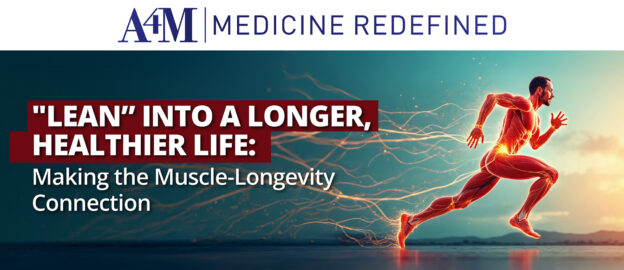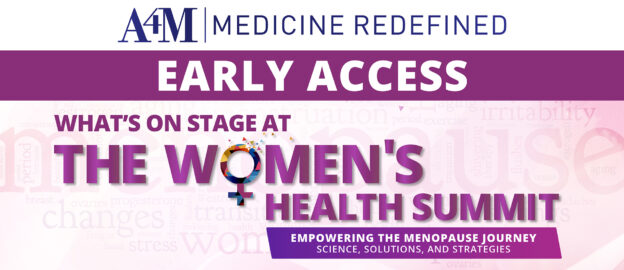Can getting stronger help you live longer? Peter Attia, MD, says yes. Dr. Attia, a Stanford-trained physician and co-founder of the premium preventive health and longevity concept Biograph, is one of the most visible figures in longevity medicine. He recently spoke about his firm belief that cardiorespiratory fitness, muscle mass, and strength have a much higher association with longevity than traditional diagnostic health markers.
“The data are pretty clear,” Dr. Attia told 60 Minutes contributing correspondent Norah O’Donnell during a recent interview. “When you look at things like cardiorespiratory fitness, when you look at muscle mass, when you look at strength, they have a much higher association than things like even cholesterol and blood pressure.”



